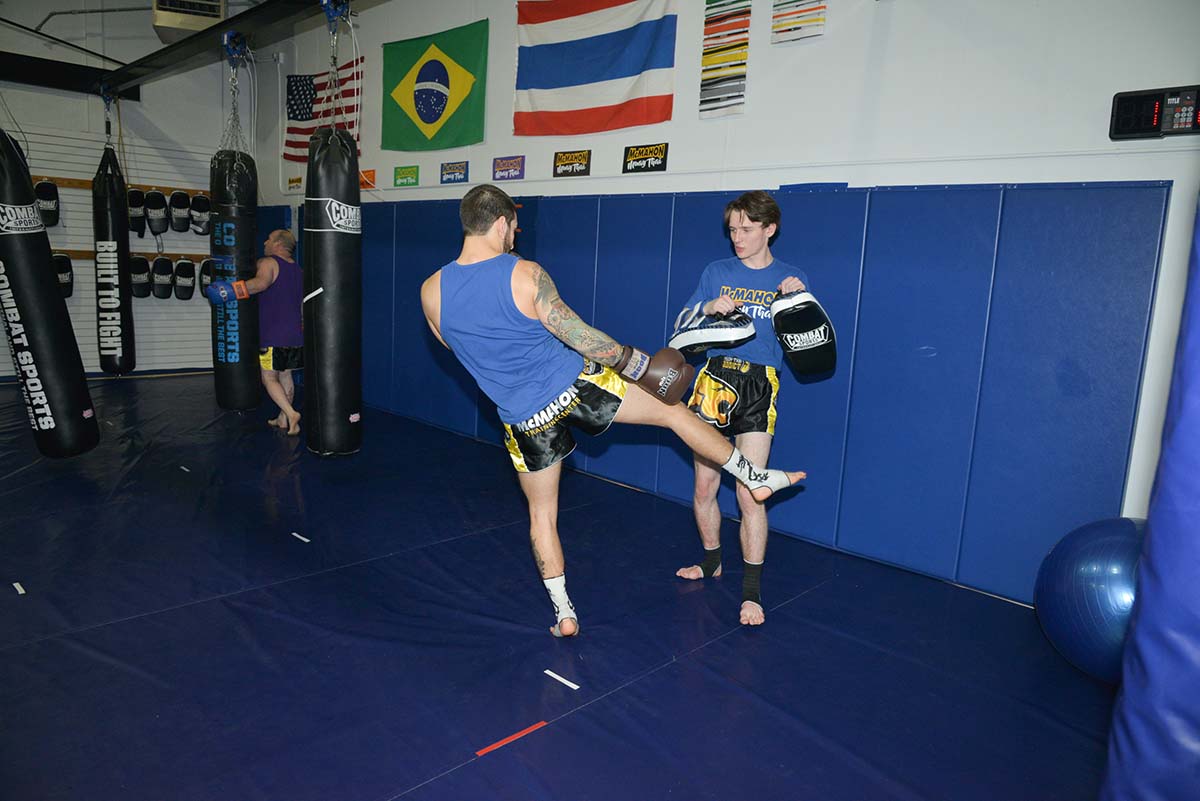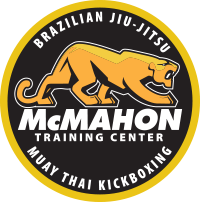Posts

Sports Psychology Article for McMahon
One-on-one combat has a long history, dating back to the Ancient Olympic Games. We witness a diverse range of combat or fighting sports, categorized into striking-centered styles (such as Muay Thai, Boxing, Kickboxing, Karate, Taekwondo, and Kung Fu) and grappling styles (such as Brazilian Jiu Jitsu, Judo, and Wrestling), which focus on ground fighting. Mixed Martial Arts (MMA) combines striking and grappling styles, incorporating the best elements of each.
The measure of success in fighting sports ultimately comes down to the athlete’s ability to strike without getting hit. Competitive fighters must anticipate their opponent’s attacks, relying on visual cues like footwork, body positioning, and movement speed. This information helps them select the most suitable defense and counter-attack, which they must execute swiftly, accurately, and powerfully.
Fighting sports present unique challenges. A major challenge is learning to react and adapt quickly. The average human reaction time ranges from 200ms to 250ms, while elite fighters can strike or initiate takedowns even faster at between 145ms to 180ms.
Another challenge is the inherent physical risk involved in one-on-one combat. In fighting sports, the risk of injury is elevated. Recovery and orientation after a powerful blow are crucial to enduring and succeeding in a match. Mental fortitude often plays a significant role, outweighing physical conditioning, skill execution, and strategic wisdom – the mind is the ultimate tool. Conditioning the mind becomes as important as conditioning the body.
In combative sports, fighter’s thoughts, feelings, and actions are closely aligned and the more syncopated, the better the fluidity of their skills. Commonly, as in all sports, the orientation of the mind is critical especially in eliminating negative self-talk. Mastery of the mind is to cognizant override the flight or fight instinct and to logically calculate the next move. However, it can be challenging if not altogether impossible to eliminate unhelpful or ineffective circular thinking. Therefore, the focus should be used in the assessment of performance effectiveness.
To be a fighter is not the full elimination of fear, but rather the determination to rise above. Many fighters battle uncomfortable thoughts and emotions thus mindfulness of the task at hand must be prioritized. Body language combined with thought acceptance becomes vital. Posturing is a useful tactic to shift the mindset with a powerful effect on actions and performance and helps offset incongruently of the internal state.
Shifting the focus from outcomes to actions and effort is crucial in evaluating past performances and setting expectations for future performances. Fighting sports often prioritize outcome-based success, such as wins or losses. However, success can also be defined by the effort put in and the lessons learned. This deep reflection is essential for both the physical and mental growth of a fighter.
